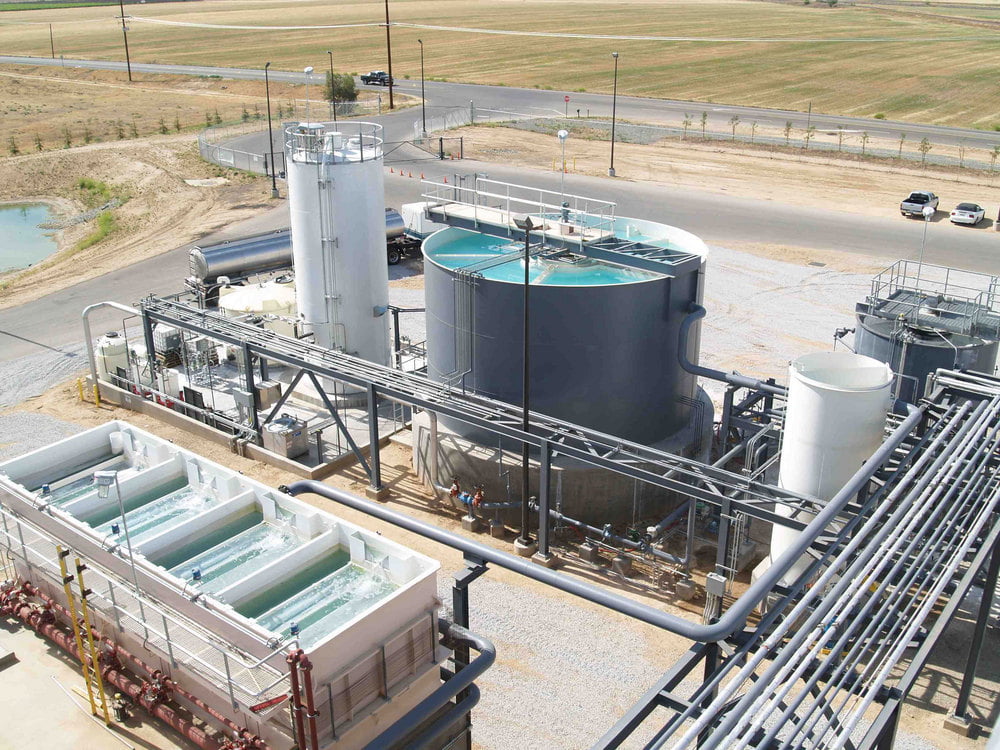Introduction
In today’s world, water is an increasingly precious resource, and its conservation and responsible management are of paramount importance. As industries continue to grow and environmental regulations become more stringent, the need for effective wastewater treatment solutions has never been greater. One such solution that has gained significant attention is Zero Liquid Discharge (ZLD) technology. In this blog, we will explore what ZLD plants are, how they work, and their role in achieving sustainability and environmental compliance.
Importance of Zero Liquid Discharge Plant
Industries generate vast amounts of wastewater daily, containing a wide range of contaminants, including heavy metals, chemicals, and organic matter. Traditional wastewater treatment processes have limitations in removing all these contaminants efficiently. Often, these processes result in a significant discharge of treated wastewater back into the environment, potentially causing harm to ecosystems and water bodies. This is where Zero Liquid Discharge (ZLD) plants come into play.
What is Zero Liquid Discharge Plant?
Zero Liquid Discharge (ZLD) is an advanced wastewater treatment process that aims to recover almost all the water from industrial effluents, leaving behind only a solid waste and minimal brine concentrate. The goal is to eliminate any liquid discharge into the environment, hence the name “zero liquid discharge.”
How ZLD Plants Work?
Zero Liquid Discharge plants are a sophisticated combination of various treatment technologies designed to minimize environmental impact and maximize water reuse. Here’s how they work:
- Pretreatment: Wastewater is subjected to preliminary treatment to remove coarse solids and oil. This can include physical processes like screening and sedimentation.
- Chemical Treatment: After pretreatment, chemical treatment is employed to adjust pH levels and coagulate or flocculate the contaminants, making them easier to separate.
- Membrane Filtration: ZLD plants typically utilize membrane processes, such as reverse osmosis (RO) and ultrafiltration (UF), to separate water from dissolved salts and contaminants. These membranes have extremely fine pores that allow only water molecules to pass through, effectively removing nearly all impurities.
- Evaporation: The concentrated brine from the membrane filtration step is subjected to evaporation. This process uses heat to vaporize the water, leaving behind solid salts and other non-volatile contaminants.
- Crystallization: After evaporation, the remaining brine is further processed through crystallization, which allows for the recovery of valuable salts and minerals while producing minimal waste.
- Solid Waste Management: The solid waste generated during the ZLD process is collected and disposed of or, in some cases, utilized for other purposes, like road construction.
Benefits of Zero Liquid Discharge
- Water Conservation: ZLD technology significantly reduces water usage by recovering and reusing a vast majority of the treated wastewater, helping industries become more sustainable.
- Environmental Compliance: ZLD plants enable industries to meet stringent environmental regulations and reduce their ecological footprint by eliminating liquid discharges.
- Resource Recovery: Valuable resources, such as salts and minerals, can be recovered from the ZLD process, offering potential cost savings and reduced environmental impact.
- Reduced Energy Consumption: While ZLD plants consume energy for processes like evaporation and membrane filtration, the overall reduction in water usage and wastewater discharge can result in energy savings.
Conclusion
Zero Liquid Discharge (ZLD) plants are at the forefront of sustainable wastewater management solutions. They address the challenges of water scarcity, environmental compliance, and responsible resource management, making them a crucial technology for a wide range of industries, including power generation, chemical manufacturing, and textiles. As we continue to focus on a more sustainable future, ZLD technology will play a vital role in ensuring the responsible use and management of our water resources, protecting both our environment and our industries.
